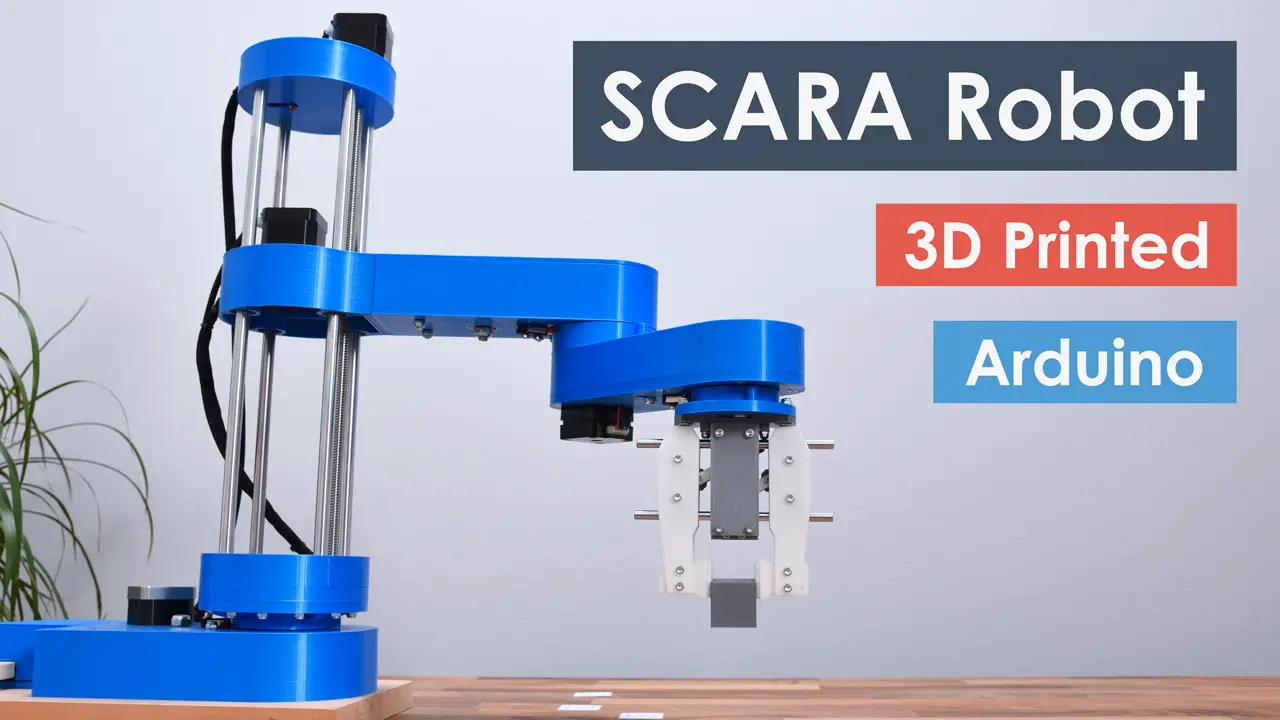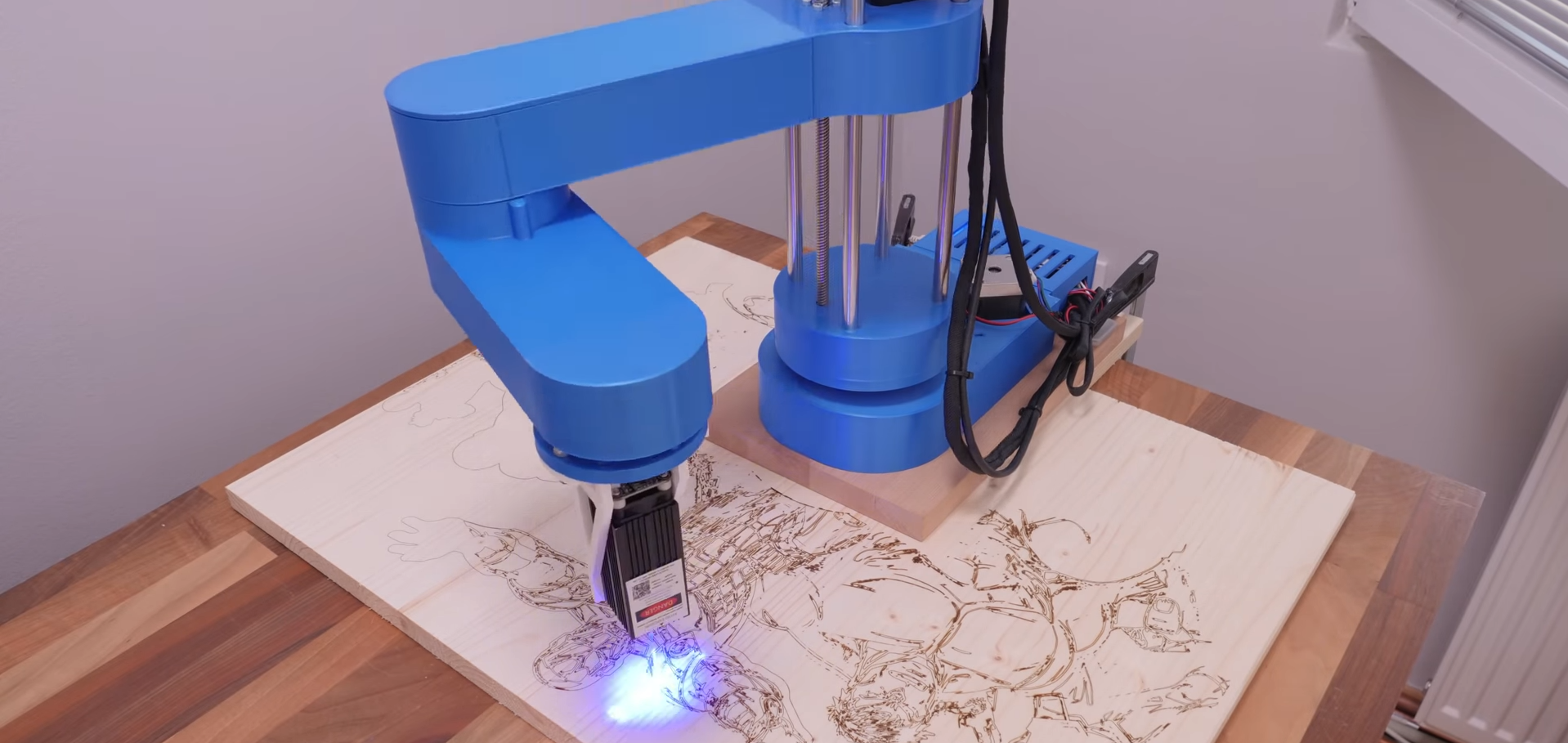I am trying to do a solder jetting application like this:
External Content
youtu.be
Content embedded from external sources will not be displayed without your consent.
Through the activation of external content, you agree that personal data may be transferred to third party platforms. We have provided more information on this in our privacy policy.
I thought cartesian robot will be best for this kind of application. I found this robot that uses linear encoders with servo motors:
I called the jetting manufacturer and they weren't very confident on this working with their head because it didn't have linear motors. When I lookup linear encoder cartesian robots they seem to have same resolution 0.008mm vs 0.01mm. Signal needs to be pulsed in under 10ms. I am trying to understand the benefit of linear motors vs servo. They both seem fast and accurate to me? Not sure which one will last longer and have less vibration. The manufacturer was highly against belt driven systems.


















